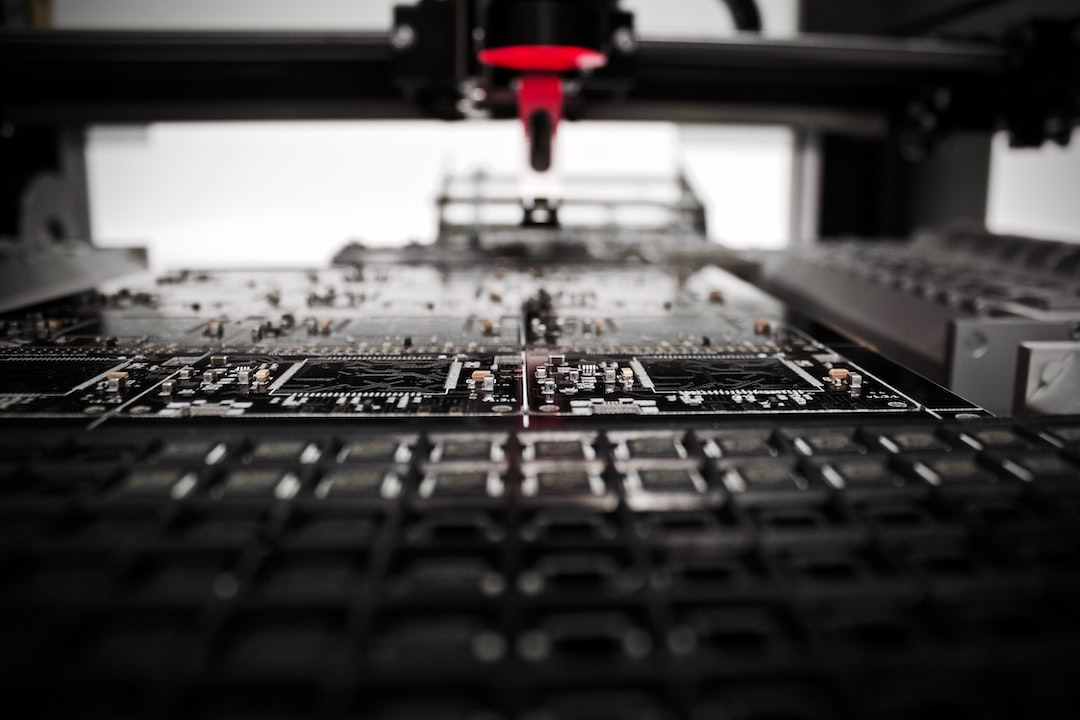The Evolution of Manufacturing: From Traditional to Smart Factories
Manufacturing has come a long way since the Industrial Revolution, with significant advancements transforming the way products are made. Traditional factories, once characterized by manual labor and mass production, have evolved into smart factories, where automation, artificial intelligence, and connectivity dominate the production process.
In the past, manufacturing relied heavily on human labor, often involving long hours of physical work in factories. Workers operated machinery, assembled products, and carried out tasks that required manual dexterity. The efficiency and productivity of traditional factories were limited by the capabilities and limitations of human workers.
The first signs of change in the manufacturing industry emerged during the 20th century with the advent of automation. This introduced mechanical devices and systems that could perform tasks with minimal human intervention. Machines took over repetitive and monotonous jobs, increasing productivity and reducing human error. However, automation was limited in its capabilities and was unable to adapt to changes in demand or unforeseen problems on the production line.
The true revolution in the manufacturing industry came with the concept of intelligent manufacturing systems, also known as smart factories. Smart factories utilize cutting-edge technologies, enabling a high level of automation, connectivity, and data-driven decision-making.
At the heart of smart factories is the concept of the Internet of Things (IoT), which connects various devices and machines, allowing them to communicate and share information. This connectivity enables real-time data collection, analysis, and optimization, vastly improving efficiency, productivity, and quality control.
One of the key features of smart factories is the integration of robotics. Robots are now capable of performing complex, delicate, and precise tasks, previously done only by skilled human workers. Robotic arms can assemble products, handle fragile materials, and work autonomously 24/7. Their accuracy and consistency reduce errors and increase production speed, ultimately leading to higher quality products at a lower cost.
Smart factories also rely on advanced analytics and artificial intelligence (AI) to optimize production processes. By analyzing real-time data collected from sensors, machines, and even the entire supply chain, AI algorithms can identify inefficiencies, predict maintenance needs, and optimize production schedules. This proactive approach saves time and resources, ultimately driving down costs and improving overall productivity.
To enable the smooth flow of data and communication between devices and systems, smart factories are equipped with a high level of connectivity. Wireless technologies, such as 5G, allow machines to communicate in real-time, ensuring that production data is accurate and up-to-date. Additionally, cloud computing and advanced software systems store and process vast amounts of data, making it accessible to relevant stakeholders across the production chain.
Another crucial aspect of smart factories is their ability to support customization and flexibility. Traditional factories focused on mass production, manufacturing large quantities of standardized products. However, customer demands have evolved, and consumers now expect personalized products. Smart factories can easily adapt to changing market demands, allowing for quick reconfiguration of production lines and customization of products. This flexibility strengthens customer satisfaction and business competitiveness.
Moreover, smart factories prioritize sustainability by implementing eco-friendly practices. Traditional factories were marked by high energy consumption, waste generation, and environmental pollution. Smart factories incorporate energy-efficient systems, optimize material usage, and implement waste reduction strategies. This not only benefits the environment but also reduces operating costs in the long run.
While smart factories offer numerous advantages, their implementation does present some challenges. The transition from traditional to smart manufacturing requires significant investment in the form of technology adoption, workforce upskilling, and infrastructure upgrades. Additionally, cybersecurity becomes an increasingly important concern, as connectivity introduces new vulnerabilities and possibilities of cyber-attacks.
In conclusion, the evolution of manufacturing from traditional factories to smart factories has revolutionized the industry. Automation, artificial intelligence, connectivity, and data-driven decision-making have reshaped production processes, resulting in increased efficiency, reduced costs, and improved product quality. The ability to adapt to changing demands, focus on sustainability, and prioritize customization gives smart factories a competitive edge in the global market. While challenges exist, the benefits of smart factories far outweigh the initial investment, and they promise to continue transforming the manufacturing landscape for years to come.

